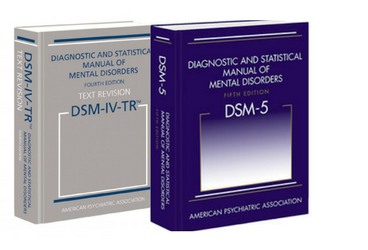



Synthetic cannabinoids, compounds manufactured to replicate individual chemicals found in cannabis, are much more potent than cannabis and therefore could be more dangerous. In some states, doctors can prescribe marijuana for medicinal uses such as reducing muscle spasms, pain, nausea, and vomiting.īut cannabis may have harmful long- and short-term effects, such as paranoia and memory loss, and it can be addictive and disrupt a user’s life and relationships. The plant has historically been consumed recreationally for its mind-altering effects, which can include enhanced senses and changes in mood. Classification of alcohol and cannabis use disorders, although simplified in ICD-11, was in almost perfect agreement with the classifications of ICD-10 and DSM-IV. In fact, Connecticut was the most recent state to legalize the recreational use of marijuana. This program serves as a follow-up treatment, designed to offer a longer-term structure to those who have completed inpatient or intensive outpatient programs.Marijuana is gaining popularity in the United States as individual states have moved to make the drug legal. Outpatient: A less intensive type of outpatient program which usually involves fewer hours and days per week.Intensive outpatient treatment: An intensive treatment program offering group and individual therapy, an educational component, and other modalities during a day treatment center in which participants attend for a specific number of hours and days per week.They also provide a safe milieu for those who are highly likely to relapse when living in their using environment. Inpatient treatment centers include daily talk therapy, support groups, education on addiction and substance use, family therapy, and more. Residential/inpatient treatment: A hospital or other inpatient setting where people diagnosed with substance use disorder live 24/7.Medically managed intensive inpatient (detoxification centers): A medically staffed program aimed at helping a person during the initial withdrawal phase of substance use.Withdrawal symptoms differ depending on the type of substance a person used before detoxing. Withdrawal: Experiencing negative symptoms, called withdrawal symptoms, when stopping the use of the substance, or using the substance to avoid having withdrawal symptoms. Withdrawal symptoms can include shakiness, sweating, increase in pulse, nausea and vomiting, insomnia, hallucinations, and seizures.Overall, tolerance causes the need for more and more of a substance, over time, to get the same level of intoxication. It may also result in experiencing a diminished effect when using the same amount of the substance. Tolerance: An adaptation of the body over time, characterized by the brain attempting to adjust to the abnormally high level of drugs or alcohol in the body. This results in the need to increase the amount of alcohol (or drug) ingested to get the desired effect.Harm: Using substances continually, regardless of knowing about recurrent physical or psychological problems caused by the substance use.Hazard: Continued risky behavior (such as drinking and driving) regardless of hazardous consequences.Activities: Losing interest in hobbies, foregoing important social engagements, and/or missing leisure activities because of substance use.Social: Recurring or ongoing social problems linked with substance use, but regardless of the problems, the substance use continues.Cannabis use disorder, Severe: 304.40: F15.20: Amphetamine-type substance use disorder, Moderate: 304.40: F15.20: Amphetamine-type substance. DSM-IV-TR codes are (a subset of) ICD-9-CM codes and so can probably be found in the ICD-9-CM column. In this module, we will review the symptoms and risk factors for Opioid Use. To order your very own DSM-5, contact American Psychiatric Publishing here or at (800) 368-5777. This disorder is only diagnosed when cannabis use becomes persistent and causes significant academic. Obligations: A pattern of being unable to meet major responsibilities at work, at school, or at home Video created by for the course 'Cannabis, Chronic Pain, and Related Disorders'. Cannabis Use Disorder is a condition characterized by the harmful consequences of repeated cannabis use, a pattern of compulsive cannabis use, and (sometimes) physiological dependence on cannabis (i.e., tolerance and/or symptoms of withdrawal).

Cravings: A strong desire and cravings to use the substance.Time: Spending a lot of time obtaining the substance and/or planning to use or thinking about using.Control: An unsuccessful desire to quit using or reduce the amount of use.Amount: Ingesting larger amounts of alcohol or drugs than intended.


 0 kommentar(er)
0 kommentar(er)
